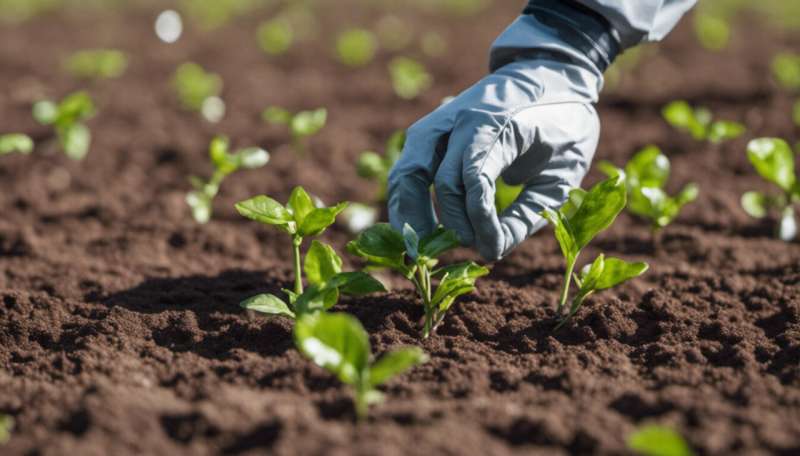Pepper-picking robot demonstrates its skills in greenhouse labour automation

With the rising shortage of skilled workforce in agriculture, there's a growing need for robotisation to perform labour-intensive and repetitive tasks in greenhouses. Enter SWEEPER, the EU-funded project developing a sweet pepper-harvesting robot that can help farmers reduce their costs.
The team of experts involved in the project recently gave a live demonstration of the technology in a commercial greenhouse in the Netherlands. A video on the project website shows the robot in action. The video explains that the SWEEPER robot consists of an autonomous mobile platform with a robotic arm holding an end effector for fruit harvesting.
As stated in a press release on the project website, the robot is "designed to operate in a single stem row cropping system, with a crop having non-clustered fruits and little leaf occlusion." According to the same press release, preliminary test results showed that by using commercially available crop modified to mimic the required conditions, the robot harvests ripe bell peppers in 24 seconds with a success rate of 62 %. In laboratory experiments it was possible to harvest 1 fruit in less than 15 seconds, excluding platform movement.
The ongoing SWEEPER project builds on CROPS (Intelligent sensing and manipulation for sustainable production and harvesting of high value crops, clever robots for crops), a previous EU-funded project. The CROPS software modules based on the robotic operating system is maintained and expanded in SWEEPER. In addition, the gripper end effector is retained. SWEEPER improved on CROPS' pepper harvester technology by building in sensors and advancing algorithms to improve the localisation of fruit and the detection of fruit maturity, as explained on CORDIS. "The robot can now detect obstacles and can calculate a collision-free path to the fruit, allowing maximum free space to grip and cut off the fruit."
Post-harvest logistics
The project team also plans to add a conveyor belt and harvest trolley to the SWEEPER system and automate post-harvest fruit and vegetable packing logistics. The SWEEPER (Sweet Pepper Harvesting Robot) project's main objective is to "put the first-generation greenhouse harvesting robots onto the market," its website explains. It addresses some of the issues that growers face in the greenhouse sector, including labour costs, availability, food safety and quality.
Project partners expect the commercial sweet pepper-harvesting robot to be available within a few years. They also anticipate that the technology will be transferred to other crops. The SWEEPER team notes that further research is needed to make the robot work even faster and reach a higher harvest success rate.
The project brings together a wide range of disciplines. These include horticulture, horticultural engineering, machine vision, sensing, robotics, control, intelligent systems, software architecture, system integration and greenhouse crop management.
Provided by CORDIS





















